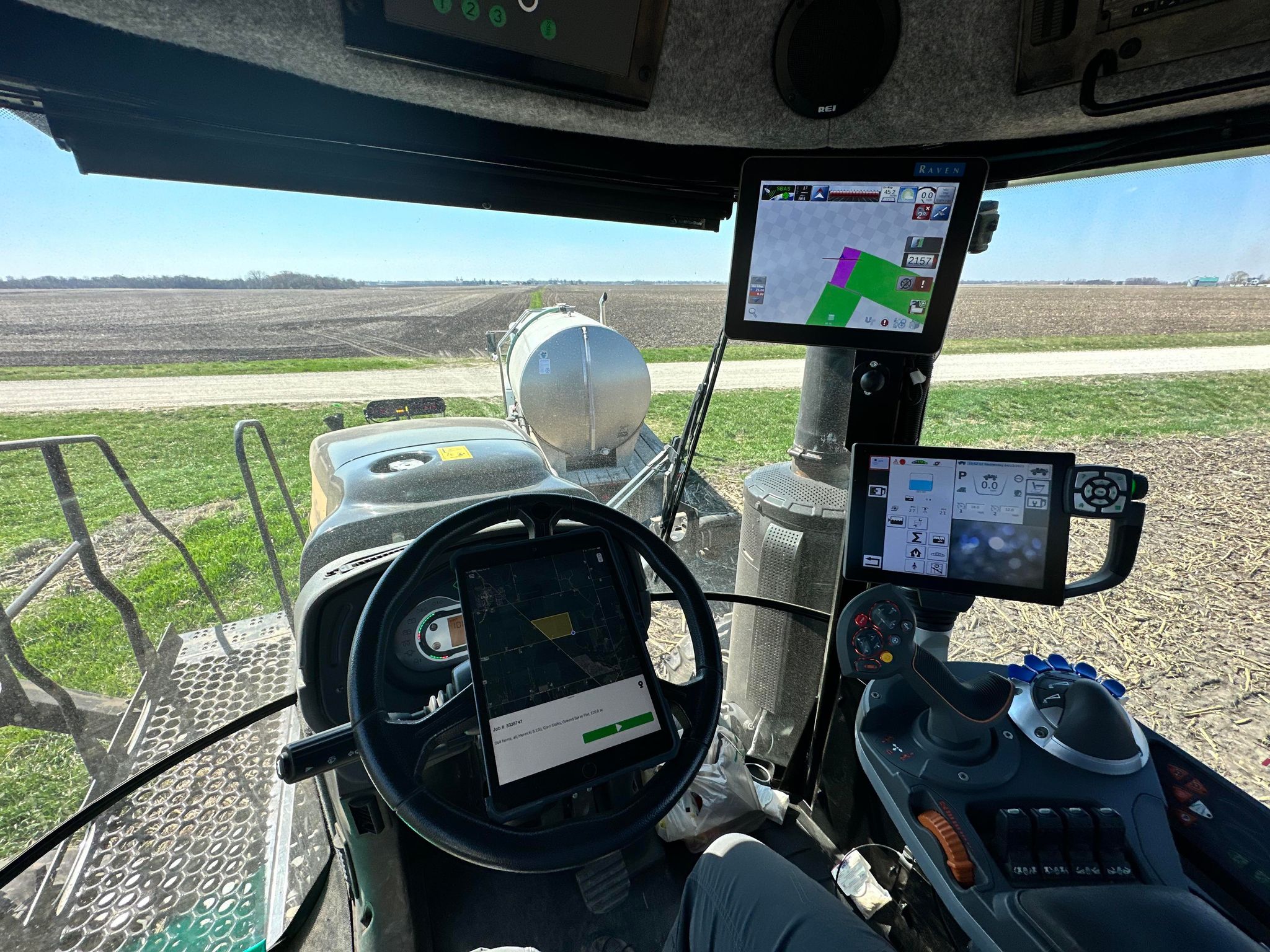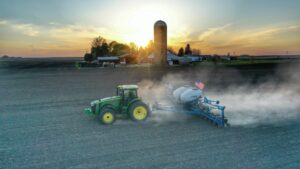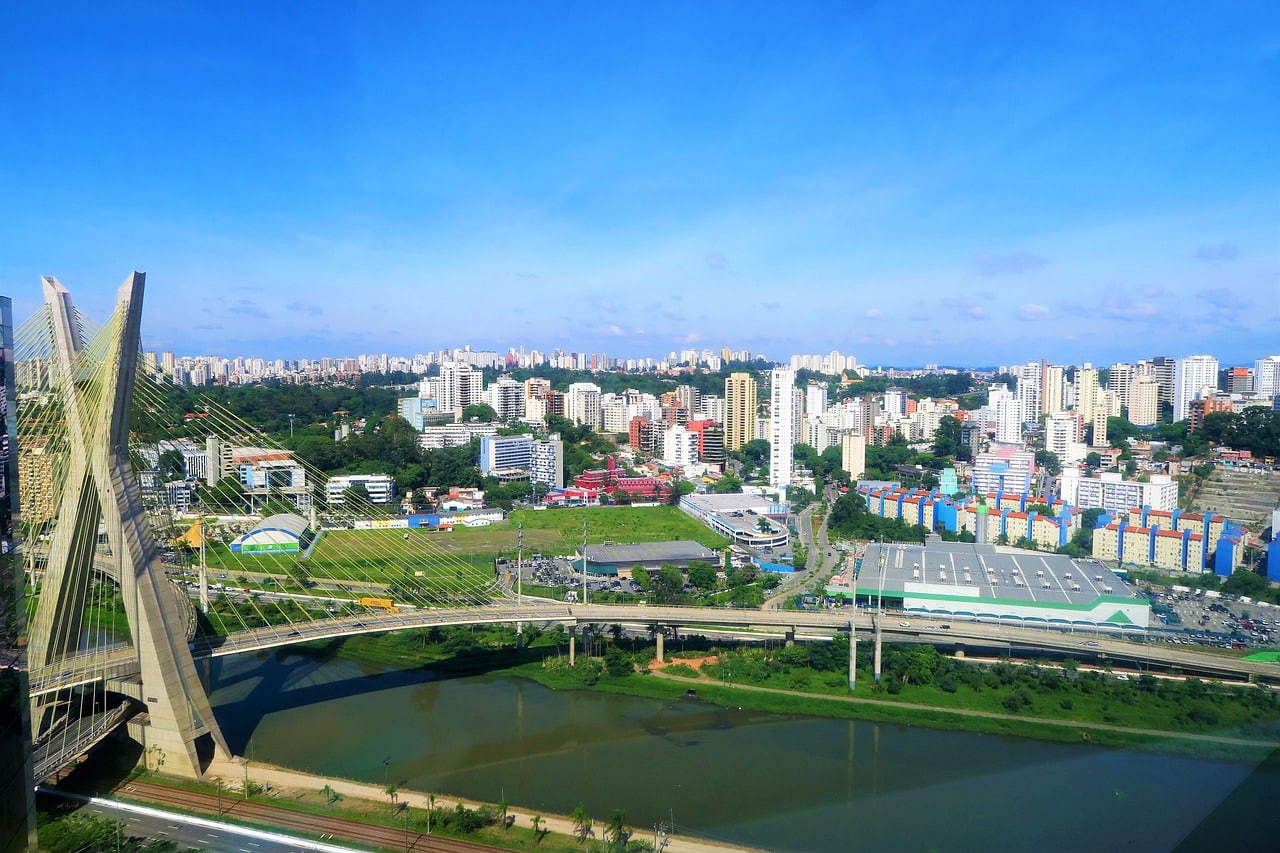Seed companies look to new technologies to help growers and customers move into the future.
Across the agriculture industry, technology has allowed for increased productivity and efficiency. Advanced breeding has created better genetics at the seed level, while improved field inputs have improved fertility and yields, both supported by newer, bigger, and higher-tech equipment and more sustainable soil management practices. But, the challenge of agriculture is feeding a growing population in a changing world while using fewer resources, and to do that, we’re going to need to realize every bit of potential each new development brings to the table.
Unfortunately, while farmers do embrace all kinds of technologies from weather satellites to smartphones, they are often slow to embrace changes, especially changes they don’t understand.
“The biggest problem with ag tech is the speed of adoption. By the time a product gets to the farm gate, these technologies could be six to 10 years old,” says Chad Colby, founder of Colby AgTech, an ag tech consulting company.
He believes there are investments farmers can make now that will give them that instant return, whether in yield or efficiencies. It’s important to start there.
“They have to understand where those pain points are on the farm,” Colby says. “Identify the weak links in their operation and be brave enough to look for solutions and ask for help,” Colby says.
And companies need to know that farmers will need help if the industry is going to be able to continue to successfully innovate. These are complex topics that even industry professionals struggle to keep up with.
“There isn’t a class they can take at the Farm Bureau or something,” he says.
It’s up to businesses to teach and encourage customers to become more efficient with more technology, offering personal training and support or even making tech upgrades mandatory on new equipment.
Focus on Farmers
Colby believes anyone who wants to be successful in this space has to understand that challenge.
“Farmers are tough, and if you’re developing new tech, whether in the AI or field analytic space or whatever it is, you have to remember you are designing around an industry that can be slow to adapt and has to have a clear return on investment,” he says.
Some of that hesitation stems from 10 or 15 years ago, when early adopters were burned with some tech solutions that didn’t work or weren’t designed with the end user in mind.
“In the past, some of these companies sort of threw these new technologies at farmers and asked them to adapt, and a lot of those companies failed,” Colby said.
Still, from $1 million combines with automation to leaf analysis apps, artificial intelligence (AI) will continue to revolutionize the entire industry.
“We’re asking technology to replace the decisions and knowledge of fifth or sixth generation farmers sometimes and it’s going to take time to get them to try it and trust it,” Colby says.
Understanding AI
Joseph Byrum, chief technology officer at Consilience AI, understands how AI is widely misunderstood.
“AI has come to mean nothing and everything,” he says.
Right now on the farm, AI can look like planting or yield predictions, monitoring crops or soil for intelligent spraying or disease diagnosis and self-controlled robotic equipment.
“Context, nuance and application matter in the successful deployment of AI. The specialized knowledge from an aircraft mechanic, farmer, lawyer, physicist, to animals represents the complexity of application. No single model or technology today can universally address this level of knowledge diversity,” Byrum says.
The majority of AI being utilized in agriculture today falls into the sensing bucket with automated settings during harvest on a combine to aerial imaging over fields aimed at improving plant establishment.
“Farmers can use that data to see where they need to go back and replant, or where targeted interventions are needed, whether that’s replanting after weather conditions have impacted a portion of a field or an early warning for necessary weed control applications or spraying for disease,” Byrum says.
Maximizing Potential
When it comes to robotics, Byrum has seen the most useful agbots developed for the horticultural side, but he believes what happens on the row crop side is yet to be determined.
“In row crops, we are seeing things like targeted weed control, but the jury is still out on the economics of that at scale because there are a lot of competing things and new chemistries that are equally effective and safe,” he says.
More seed companies have started to use AI spectral imaging and sensor capabilities to greatly improve their product reliability, Steve Cubbage, president of Longitude 94, a data and sustainability consulting firm, believes will become integral to a successful seed business in the future.
“These sensors can make sure the variety is as pure as possible and high in vigor with the germination tests,” Cubbage says.
He believes that technology will become essential.
“In specialty markets or with any type of varieties that may be more sustainable than others, we have to keep that purity as high as we can to maximize some of these markets and I think AI is going to be important to do that. Without it, I don’t think it’s possible,” Cubbage says.
But it’s putting all of these systems together that will take production to the next level.
“Obviously, there were so many gains in productivity made through the biotech revolution, and while we aren’t maxed out, we’ve used up a lot of the potential that came along from that. But we haven’t been as diligent about using the capabilities of precision ag technology in terms of understanding varieties and timing and efficiency from a planting standpoint. I think we’ve only scratched the surface there,” Cubbage says. “The yield potential is there but we certainly haven’t reached maximum efficiency.”
Make sure to read the second part here.













